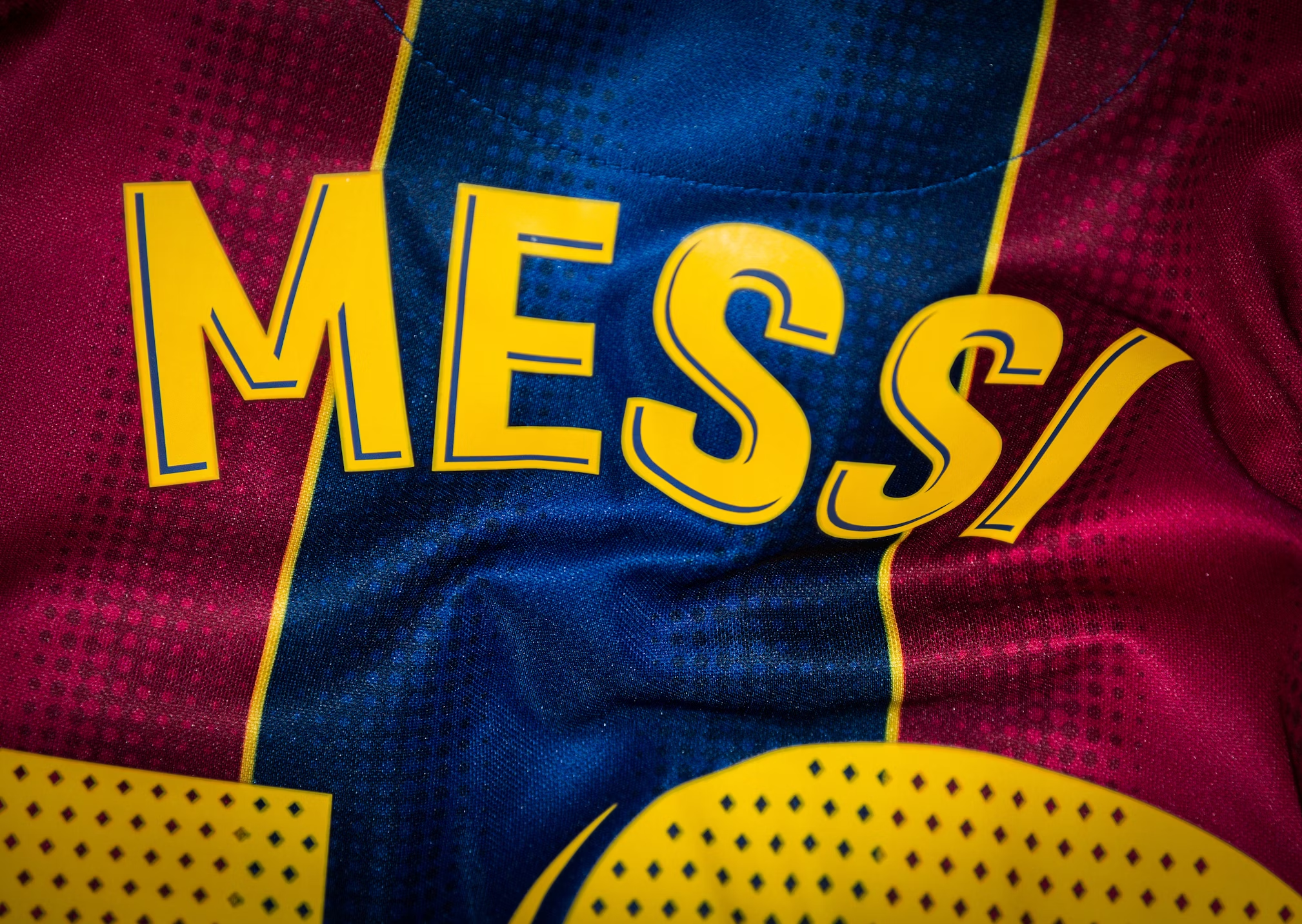Figure Skating: The Art and Athleticism of Gliding on Ice
When the spotlight hits the ice and the music starts, figure skating comes alive as a mesmerizing blend of grace, precision, and athleticism. From its elegant choreography to its daring jumps and spins, figure skating captivates audiences and athletes alike. In this blog post, we’ll explore the world of figure skating, delving into its history, techniques, and the incredible dedication required to master this beautiful sport.
The Origins of Figure Skating
Figure skating’s roots can be traced back to the 19th century, though its origins go even further. The earliest known figure skates date back to 3000 BC in Scandinavia, where they were used for transportation over ice. The modern sport, however, began to take shape in the early 19th century in Europe.

- Early Beginnings: The sport as we know it today was developed in the 19th century, with the establishment of the first skating club in Edinburgh, Scotland, in 1742. The term “figure skating” emerged because skaters originally performed patterns on the ice, or “figures,” which were used to judge their skill and control.
- Formalization: The first formal competition took place in 1871 in Vienna, and the International Skating Union (ISU) was founded in 1892 to oversee and standardize the sport. Over the years, figure skating evolved, incorporating new elements like jumps and spins, and gaining popularity worldwide.
The Elements of Figure Skating
Figure skating is a sport that combines artistic expression with technical precision. Here are the core components:
- Single Skating: In singles figure skating, athletes perform a routine that includes a combination of jumps, spins, and footwork. The performance is judged on elements like technique, execution, choreography, and artistic impression.
- Pair Skating: Pair skating involves a male and female skater performing together. The routine features lifts, throws, and synchronized moves, showcasing teamwork and strength. Pair skaters must master complex elements while maintaining fluidity and precision.
- Ice Dance: Ice dance is a discipline that emphasizes rhythm, interpretation of music, and dance-like movements. Unlike singles and pairs, ice dance routines do not include jumps or throws. Instead, skaters focus on intricate footwork, lifts, and synchronization.
Technical Skills and Components
Figure skating requires a unique blend of technical skills and artistic expression. Here are some of the key elements:
- Jumps: Jumps are a fundamental aspect of figure skating, with several variations including the Axel, Lutz, and Salchow. Each jump has specific technical requirements, such as take-off and landing techniques, and is scored based on difficulty and execution.
- Spins: Spins showcase a skater’s control and balance. Common spins include the Camel Spin, Sit Spin, and Upright Spin. Skaters must maintain speed and position while rotating, and the quality of spins affects their overall score.
- Footwork: Footwork sequences demonstrate a skater’s agility and artistry. They involve intricate patterns and changes in direction, enhancing the performance’s flow and complexity.
- Lifts and Throws: In pair skating, lifts and throws are performed to showcase strength and coordination. These elements require precise timing and trust between partners.
The Artistry of Figure Skating
While technical skills are crucial, figure skating is also a form of artistic expression. Skaters perform to music, and their routines are crafted to convey emotion and tell a story. The artistry of figure skating includes:
- Choreography: Choreography plays a significant role in figure skating. A well-designed routine integrates elements seamlessly, aligning movements with musical phrasing and enhancing the overall performance.
- Costumes and Music: Costumes and music are carefully selected to complement the skater’s routine. They help set the mood and enhance the visual and emotional impact of the performance.
- Presentation: Skaters must engage the audience and judges with their presentation. This involves expression, body language, and the ability to connect with the audience through their performance.
The Dedication Behind the Sport
Figure skating demands an extraordinary level of dedication and discipline:
- Training: Figure skaters train rigorously, often spending several hours on the ice each day. They practice technical skills, choreography, and conditioning to perfect their routines and maintain peak performance.
- Physical Conditioning: Skaters need strength, flexibility, and endurance. Off-ice training includes exercises to build muscle, improve flexibility, and enhance overall fitness.
- Mental Toughness: The sport requires mental resilience, as skaters face pressure during competitions and performances. They must manage stress, maintain focus, and adapt to challenging conditions.
Getting Involved in Figure Skating
If you’re inspired to try figure skating, here’s how to get started:
- Find a Local Rink: Look for ice rinks or skating clubs in your area that offer lessons for beginners. Many rinks have programs for all skill levels.
- Take Lessons: Enroll in skating lessons to learn the basics of figure skating, including technique, posture, and basic moves.
- Practice Regularly: Consistent practice is key to improving your skills. Dedicate time to practicing on the ice and working on your technique.
- Join a Club: Consider joining a skating club to connect with other skaters, participate in events, and receive additional support and guidance.
Conclusion
Figure skating is a captivating blend of athleticism and artistry, where skaters combine technical prowess with expressive performance. From its historical roots to its contemporary form, figure skating continues to enchant and inspire audiences around the world. Whether you’re watching from the stands or lacing up your skates for the first time, the beauty and skill of figure skating offer a unique and exhilarating experience.










